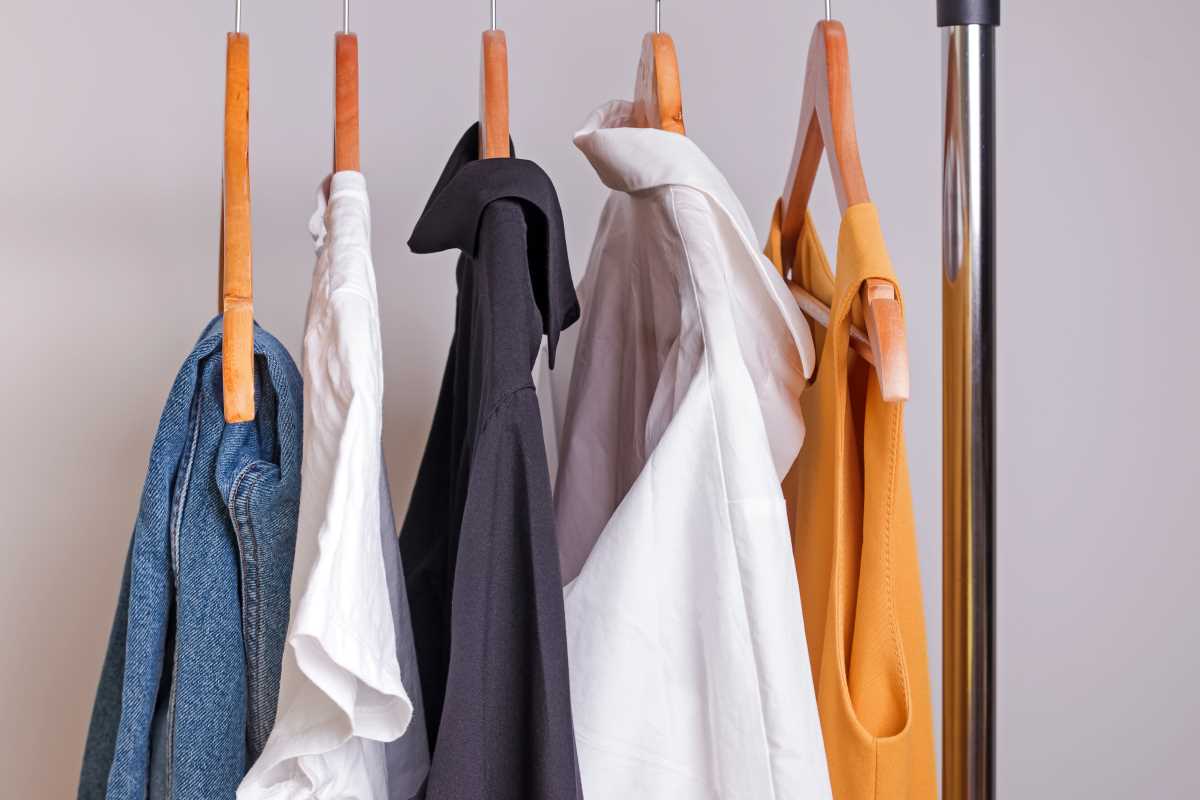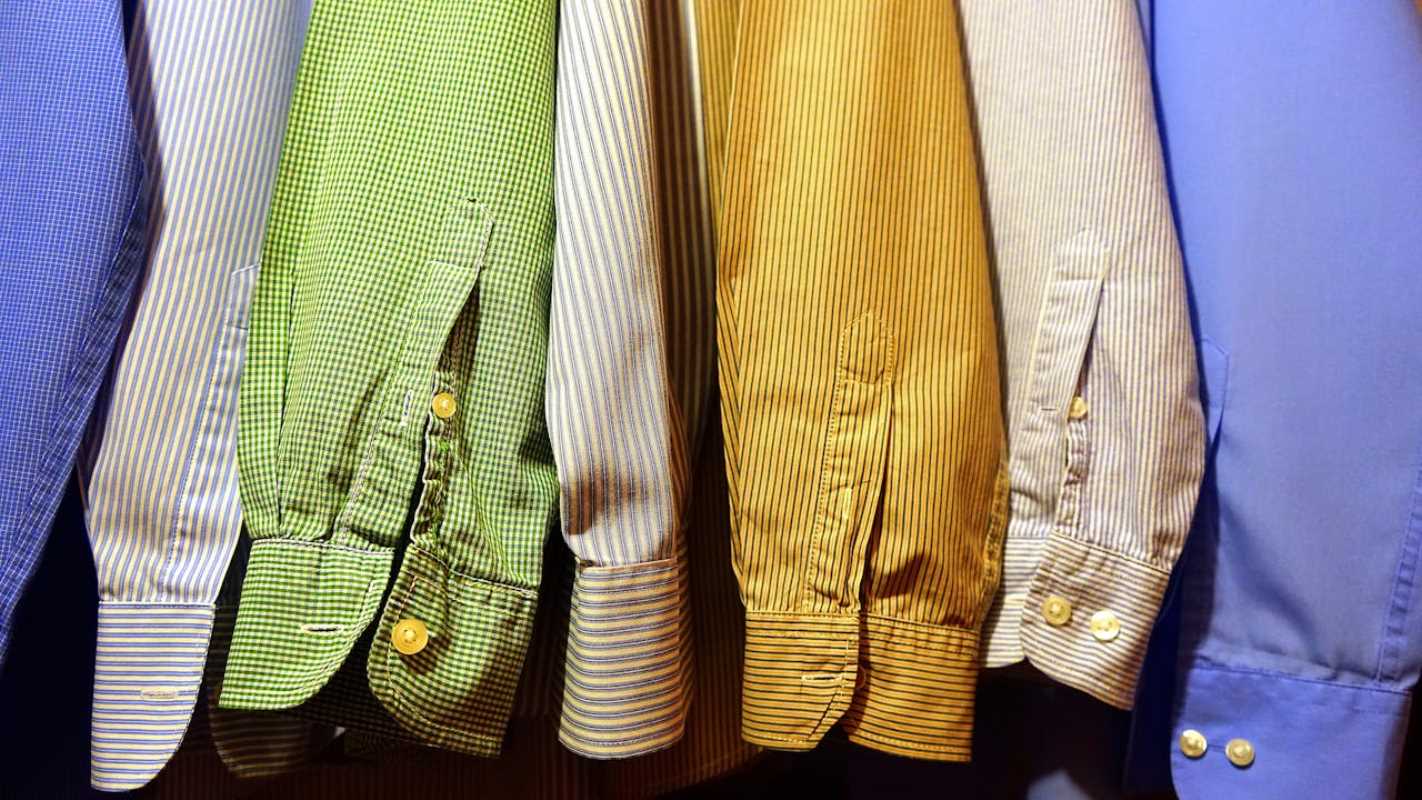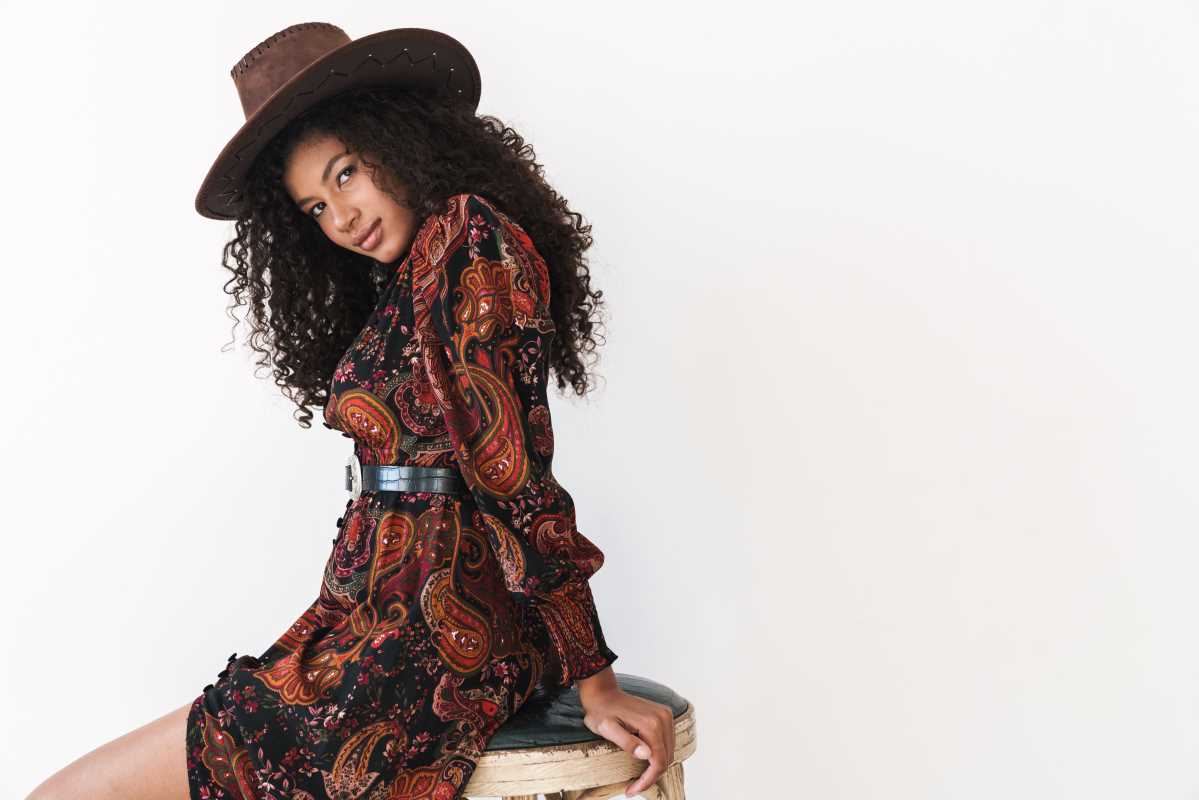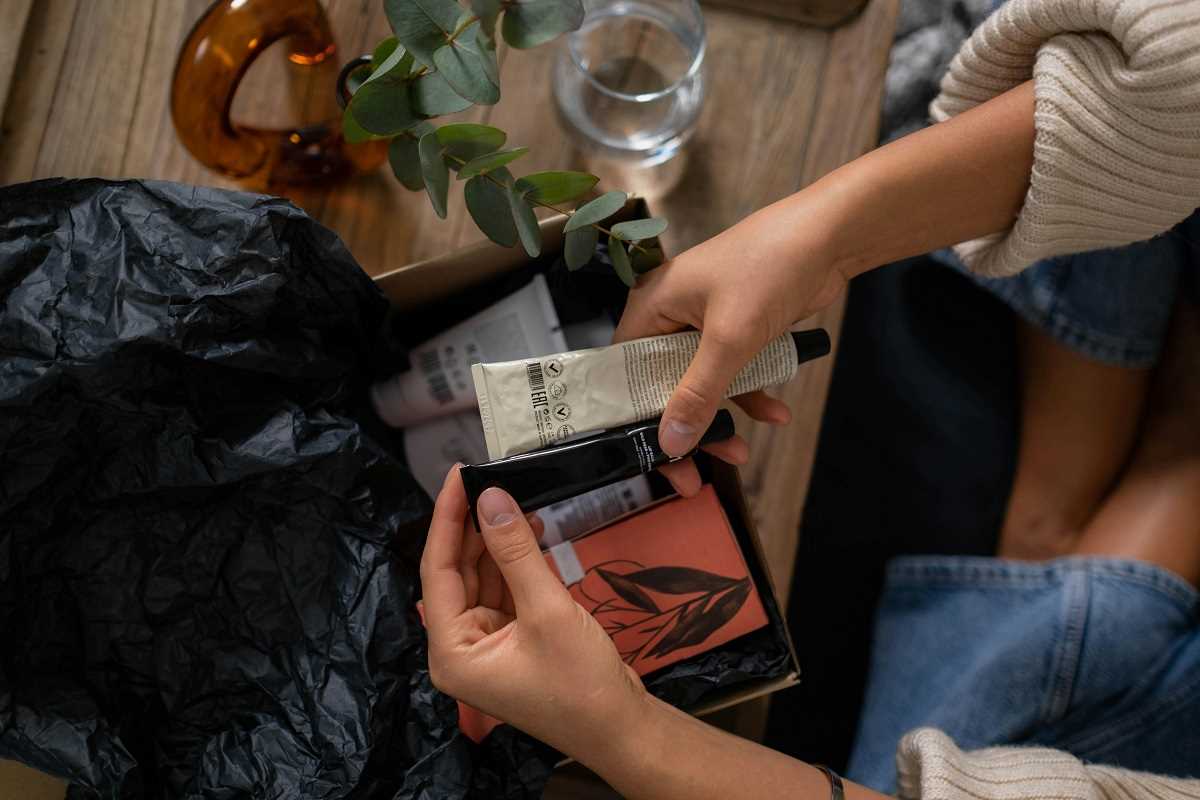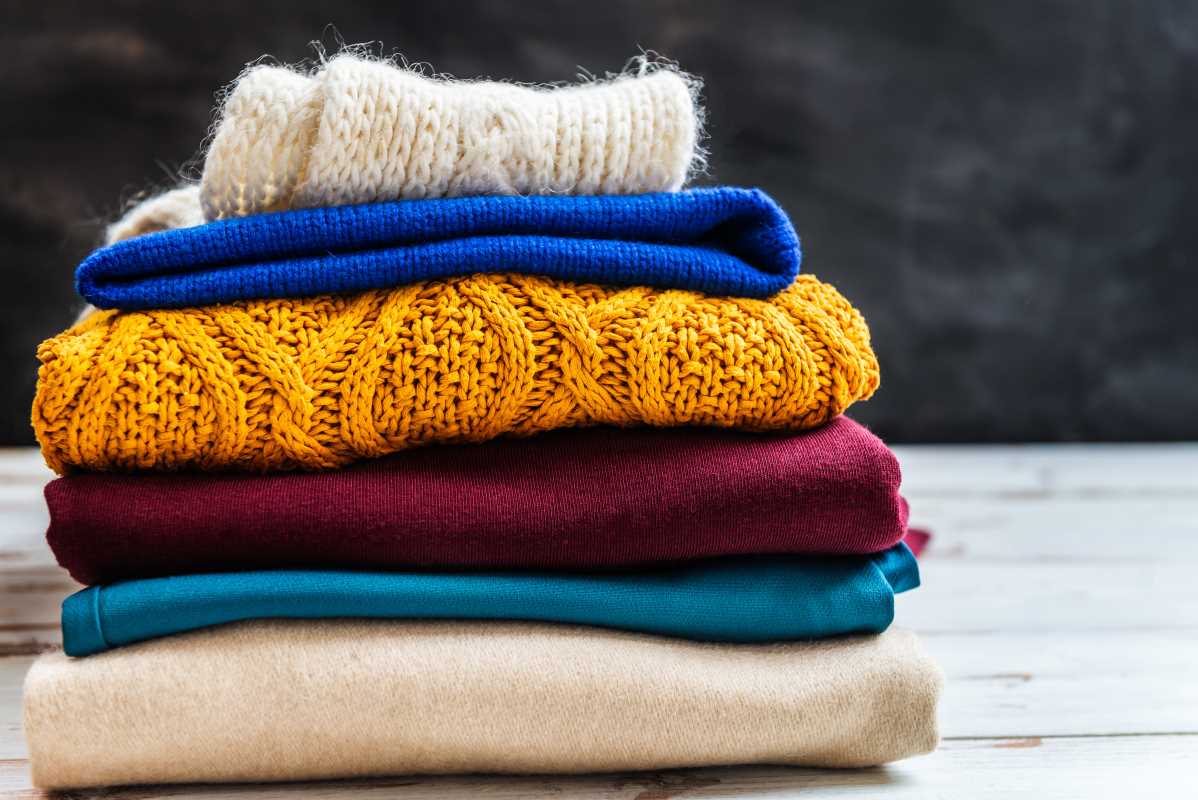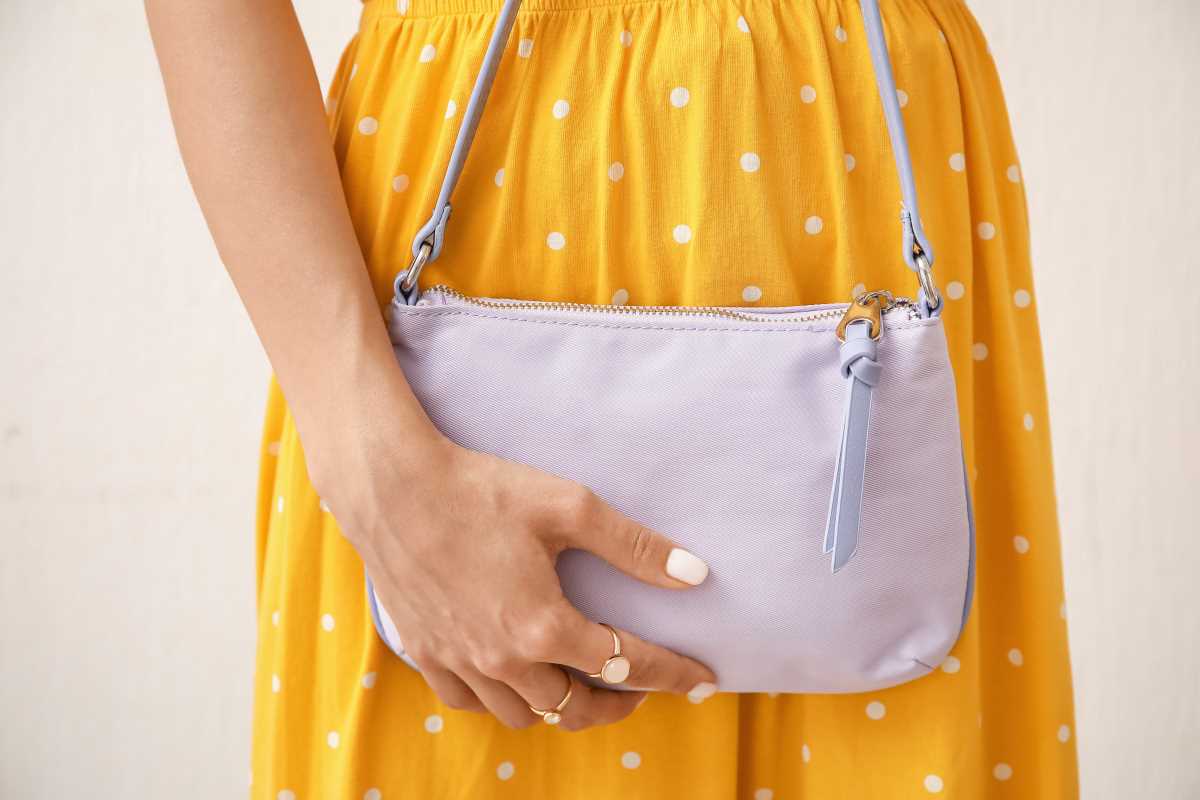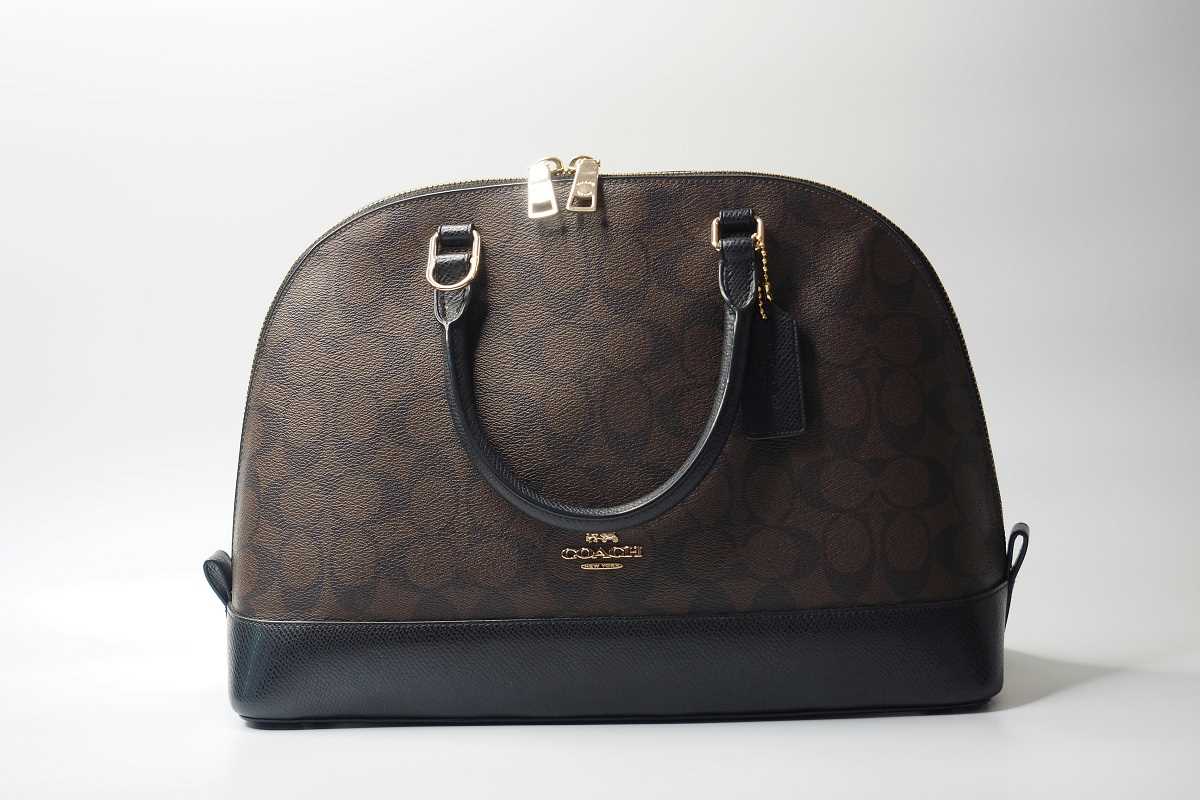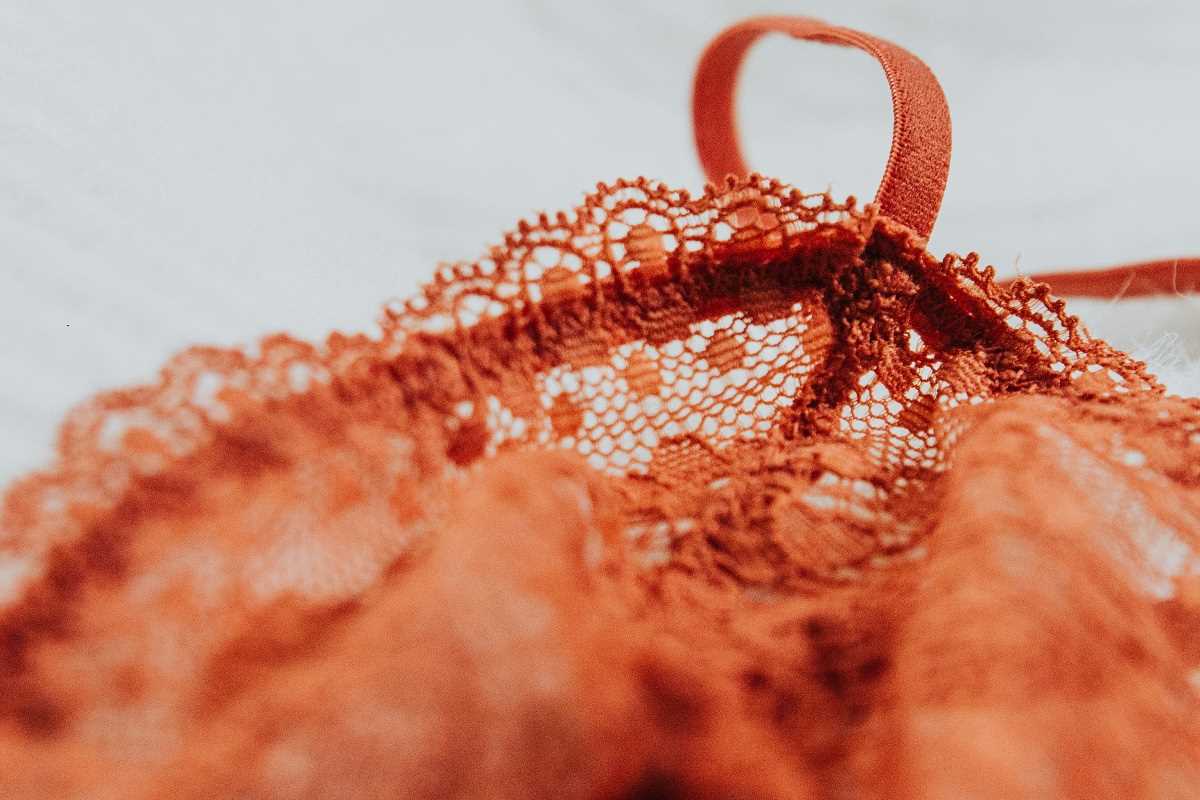The fashion industry is undergoing a much-needed transformation, and at the heart of this revolution is a revival of age-old practices like natural dyeing. With growing awareness about the environmental impact of synthetic dyes, many brands and artisans are turning to natural dye techniques to produce beautiful, sustainable fashion. These techniques—steeped in history—offer vibrant colors derived from nature, all while reducing harm to our ecosystems. Natural dyeing is more than a trend; it is a step toward a greener, more conscious future of fashion.
Why Natural Dyes Matter in Sustainability
Natural dyes are derived from plants, minerals, insects, and other natural sources. Some common examples include indigo (from Indigofera plants), madder root (for red), turmeric (for yellow), and walnut shells (for brown). Unlike synthetic dyes, which are petroleum-based and can leach toxic chemicals into waterways, natural dyes are biodegradable and non-toxic. This means they don't pollute the environment during production or after disposal.
The fashion industry is one of the largest polluters globally, with textile dyeing contributing heavily. The chemicals used in synthetic dyeing not only pose health risks to workers but also contaminate water bodies, endangering aquatic life and contributing to climate change. Recycling water in the dyeing process with synthetic dyes is complicated and expensive due to the presence of heavy metals and toxins.
Natural dyeing, on the other hand, has a smaller environmental footprint. Water usage is lower, and any leftover dye material can safely return to the earth. It’s the ultimate way to combine artistry and sustainability, allowing Mother Nature to help color our fabrics without negative consequences.
The Historical Significance of Natural Dyes
Natural dyeing is far from a new concept; in fact, it dates back thousands of years. Ancient civilizations, from Egypt to India to South America, relied solely on natural dyes to color their textiles. Indigo-dyed cloths, madder-dyed robes, and saffron-hued garments were not only beautiful but also culturally significant. Each region developed its own dyeing traditions, creating colors that represented status, celebration, or ritual.
However, with the Industrial Revolution came the invention of synthetic dyes in the mid-19th century. These artificial dyes quickly replaced their natural counterparts because they were cheaper to produce, produced consistent colors, and offered a faster dyeing process. Unfortunately, this progression came at a steep cost to both the environment and traditional artisans.
Now, natural dyes are experiencing a renaissance as modern makers, designers, and customers recognize the value of sustainable craftsmanship. The revival helps preserve history while addressing urgent environmental concerns.
Modern Applications of Natural Dyeing
Today, natural dyeing has evolved into a sophisticated art form, blending traditional practices with modern technology. Designers and businesses are proving that natural dyes can match or even surpass the vibrancy and longevity of synthetic alternatives. The process may be labor-intensive, requiring an intimate knowledge of botanical materials and techniques, but it results in fabrics with distinct, organic beauty.
One of the key appeals of naturally dyed garments is their uniqueness. Unlike synthetic dyes that create uniformity across large batches, natural dyes often create slight variations in tone and texture, rendering each piece one of a kind. The process becomes a celebration of nature’s imperfections, further emphasizing the value of handcrafted clothing in a world of mass-produced fast fashion.
Leading Companies and Designers in the Natural Dye Movement
Several brands and artisans are championing the shift toward natural dyeing techniques, offering consumers more sustainable fashion options:
- Eileen Fisher: Known for its minimalist, ethically-made clothing, Eileen Fisher has long been a pioneer in sustainable fashion. Through its circular design initiatives, the brand incorporates natural dyes into its collection, reducing environmental waste and promoting slower, simpler fashion.
- Patagonia: Outdoor clothing brand Patagonia is committed to using environmental-friendly practices in every aspect of its production, including dyes. The company actively experiments with natural dyes in several of its collections, using plant-based ingredients to achieve beautiful hues with minimal environmental impact.
- Botanical Colors: A well-known innovator in the natural dye world, Botanical Colors supplies artisanal natural dyes to designers, both big and small. The company also works with brands to incorporate sustainable dyeing into their production stages. Their educational workshops and online storefront make them a go-to resource for those interested in natural dyeing.
- TAMGA Designs: Based in Canada, TAMGA Designs is an ethical fashion brand offering colorful, feminine pieces using natural dyes. Their collections are rooted in sustainability, combining natural dyeing processes with eco-friendly fabrics like TENCEL™ and organic cotton.
Where to Find Fashion Made with Natural Dyes
If you’d like to add naturally dyed pieces to your wardrobe, there are plenty of options, both online and in-store:
- Eileen Fisher Retail Stores and Website: You can shop the brand’s collections in stores across the U.S. or explore their growing sustainable fashion line on their website.
- Patagonia's Online Store and Flagship Locations: Visit Patagonia's brick-and-mortar stores or their website to locate items made with natural dyes.
- Botanical Colors (Online): While they don’t sell clothing directly, Botanical Colors offers natural dyes and kits for those who want to try the process at home or shop from collaborators.
- Tamga Designs Website: TAMGA Designs ships worldwide, making it easy to explore their vivid garments made ethical and eco-friendly.
- Artisan Markets and Small Boutiques: Many local artisans and small businesses are bringing back natural dyeing traditions. Visiting craft markets or sustainable boutiques can often lead you to stunning, hand-dyed treasures.
The resurgence of natural dyes is about more than aesthetics—it’s about reshaping the way we think about fashion and its impact on our planet. By incorporating these ancient techniques into modern production, designers and brands are leading the way toward a fashion revolution that prizes authenticity, craftsmanship, and sustainability.
The comeback of natural dyeing is a testament to the growing demand for sustainable fashion. It's a reminder of the beauty that lies in honoring nature's colors while making ethical choices. Together, we can color the world—with care.
